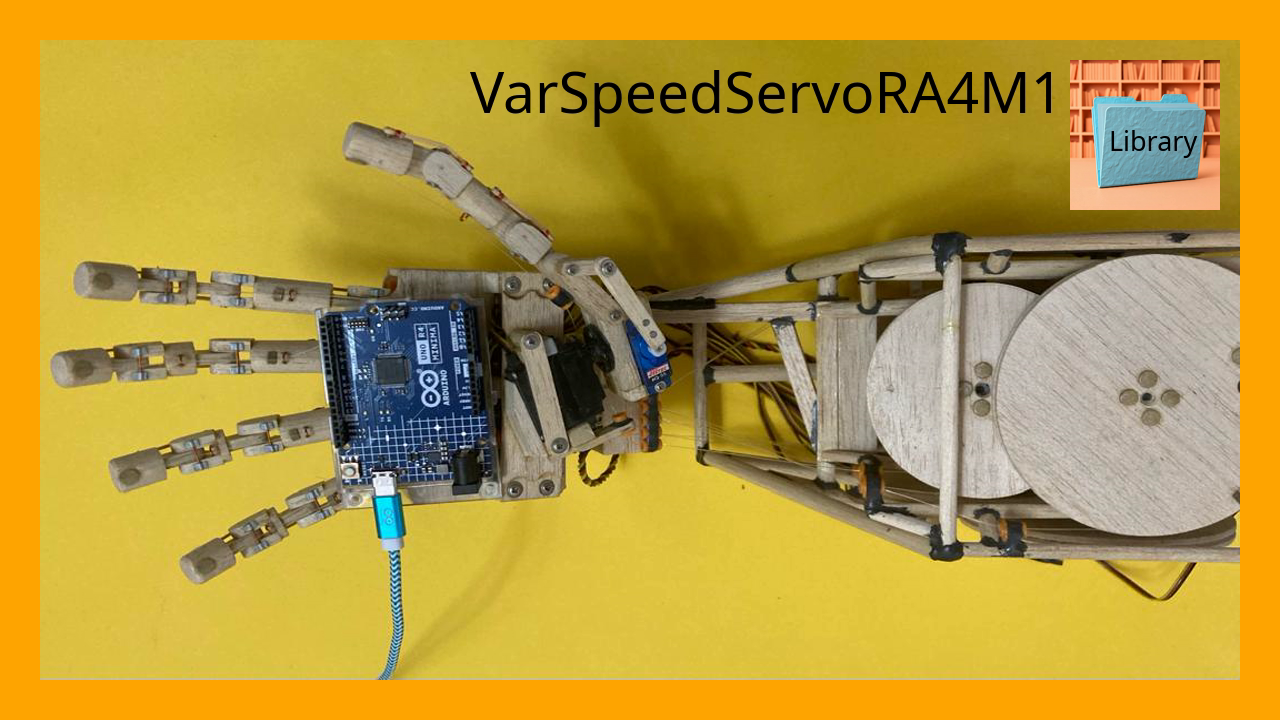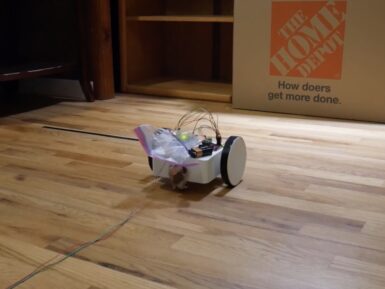
Grove - Temp & Humi & Barometer Sensor (BME280)
Grove - Barometer Sensor (BME280) is a breakout board for Bosch BMP280 high-precision, low-power combined humidity, pressure, and temperature sensor.
Overview
This module can be used to measure temperature, atmospheric pressure and humidity accurately and fast. As the atmospheric pressure changes with altitude, it can also measure approximate altitude of a place. It can be connected to a microcontroller with I2C (integrated with Grove socket) or through the SPI bus. There is also provided highly abstracted library to make the product easier to use.
The BME280 is an upgraded version of BMP180, and BME280 gets dramatic improvements from BMP180. BME280 comes with a smaller footprint, lower power consumption, lower noise measurements, higher resolutions for pressure and temperature, lower RMS noise, newly added SPI bus, more measuring modes, higher measuring rate, and newly added filter against environmental interference. Since the atmosphere pressure reading is affected by altitude and temperature, we have added compensation features.
Hence, Grove - Barometer Sensor (BME280) will be more reliable in providing precise temperature, atmospheric pressure values, humidity and approximate altitude data.
Features:
- Get more precise temperature, atmospheric pressure values, humidity and approximate altitude data fast.
- Grove compatible for ease to use
- Highly abstracted library for building projects quicke
Tech specs
|
Parameter |
Value |
|
Input voltage |
3.3V or 5V |
|
I/O voltage |
3.3V or 5V |
|
Operating current |
0.4mA |
|
Operating temperature |
-40 - 85 ℃ |
|
Atmospheric pressure sensor measurement range |
300 - 1100 hPa (1 hPa= one hundred Pa) with ±1.0 hPa accuracy |
|
Temperature sensor measurement range |
-40 - 85 ℃, with ±1.0°C accuracy |
|
Humidity sensor measurements range |
0% - 100% relative humidity , with ±3% accuracy |
|
Measurement modes |
Piezo & Temperature, forced or periodic |
|
Chip |
BME280(datasheet) |
|
Interface Bus |
SPI, I2C (use either one of them) |
|
Weight |
3.2 g (for breakout board), 9.3 g for whole package each piece |
|
Dimensions |
40 (length) × 20 (width) mm |
Note:
The altitude is calculated by a combination of temperature and atmospheric pressure. There is no specialized components for altitude measurement.
Get Inspired

VarSpeedServoRA4M1 is a library for Arduino that enables precise control over servo motors, including speed, position, and movement sequences.

In robotics and several other disciplines, PID (proportional-integral-derivative) control is a way for systems with closed-loop feedback to adjust themselves according to sensor data without overshooting the target. Drones, for example, use PID control to remain stable without wild oscillations caused by over-correction. But implementing PID control can feel overwhelming, so Adam Soileau from element14 Presents built a simple robot for some experimentation. This robot’s only job is to drive forward until it sees a wall, then stop at a specific distance from that wall. That isn’t hard to achieve when a robot is moving at slow pace, because the code can tell the robot to stop moving the moment it reaches the target distance. But when moving fast, the robot has to take braking acceleration into account and that is much harder to predict. PID control is perfect for this situation, because it adjusts motor output in real-time according to the incoming sensor data. In this case, that sensor data comes from an ultrasonic rangefinder mounted to the front of the 3D-printed robot. An Arduino UNO R4 Minima board receives that data and controls the robot’s two motors through H-bridge drivers. That hardware is very straightforward so that Soileau could focus on the PID control. Tuning that is all about balancing the three constant values to get the desired performance. Soileau spent some time working on the Arduino sketch to get the PID control integrated and was eventually able to make the robot act like it should. If you’re interested in using PID control in your next robotics project, then Soileau's video should help you get started.








